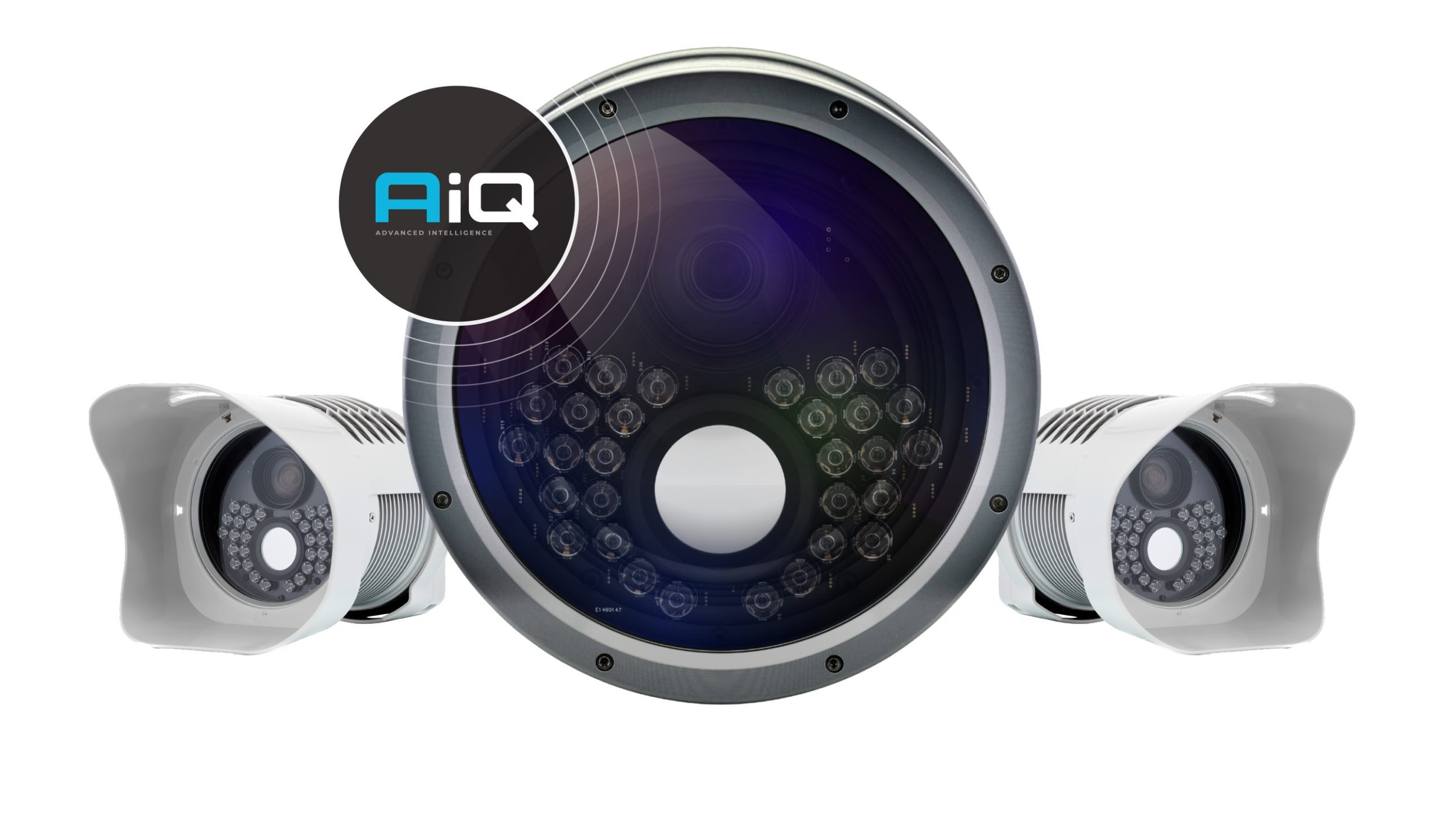It is a well-known fact that there are a number of motorists that continue to drive across level crossings after the ‘wig wag’ stop lights have been activated. These drivers are placing themselves, their passengers and the staff and passengers on the trains at risk of serious injury or even death. Coupled with this is the inconvenience to passengers and the expense of getting the rail line back into operation after an incident.
As part of Network Rail’s National Level Crossing Programme, the Red Light Safety equipment (RLSe) project looks to tackle this pressing safety issue using an innovative system at some of the UK’s highest risk level crossings. 28 safety cameras have already been installed at level crossings across the nation to help deter motorists from taking unnecessary risks such as jumping red lights or weaving around barriers to save time.
The cameras – in distinctive hi- visibility enclosures – will be used more extensively if they prove successful in making crossings even safer. They automatically capture evidence data, digital images and video of motorists breaching the stop lines after the red warning lights have been switched on using a combination of scanning radar, advanced computer video analytics and ANPR (automatic number plate recognition) for the detection of offences. This unattended and fully automatic process carries on 24 hours a day without the need for a police officer or any human intervention at the crossing.
The evidence information they provide will be used to directly prosecute drivers who fail to comply with the stop signals using a brand new collaborative procedure between the British Transport Police, Network Rail and offence processing partners at the Staffordshire Safer Roads Partnership.
Jumping red lights or weaving around barriers is already a breach of the Highway Code and the Road Traffic Act, but can usually only be enforced if a police officer is on site or witnesses the event. The new Home Office type-approved cameras (HOTA) could prove to be a game changer as they can be deployed safe in the knowledge that the evidence they produce can be used directly for prosecution purposes without additional and time consuming, police intervention or investigation in most cases.
Source: Rail Engineer










